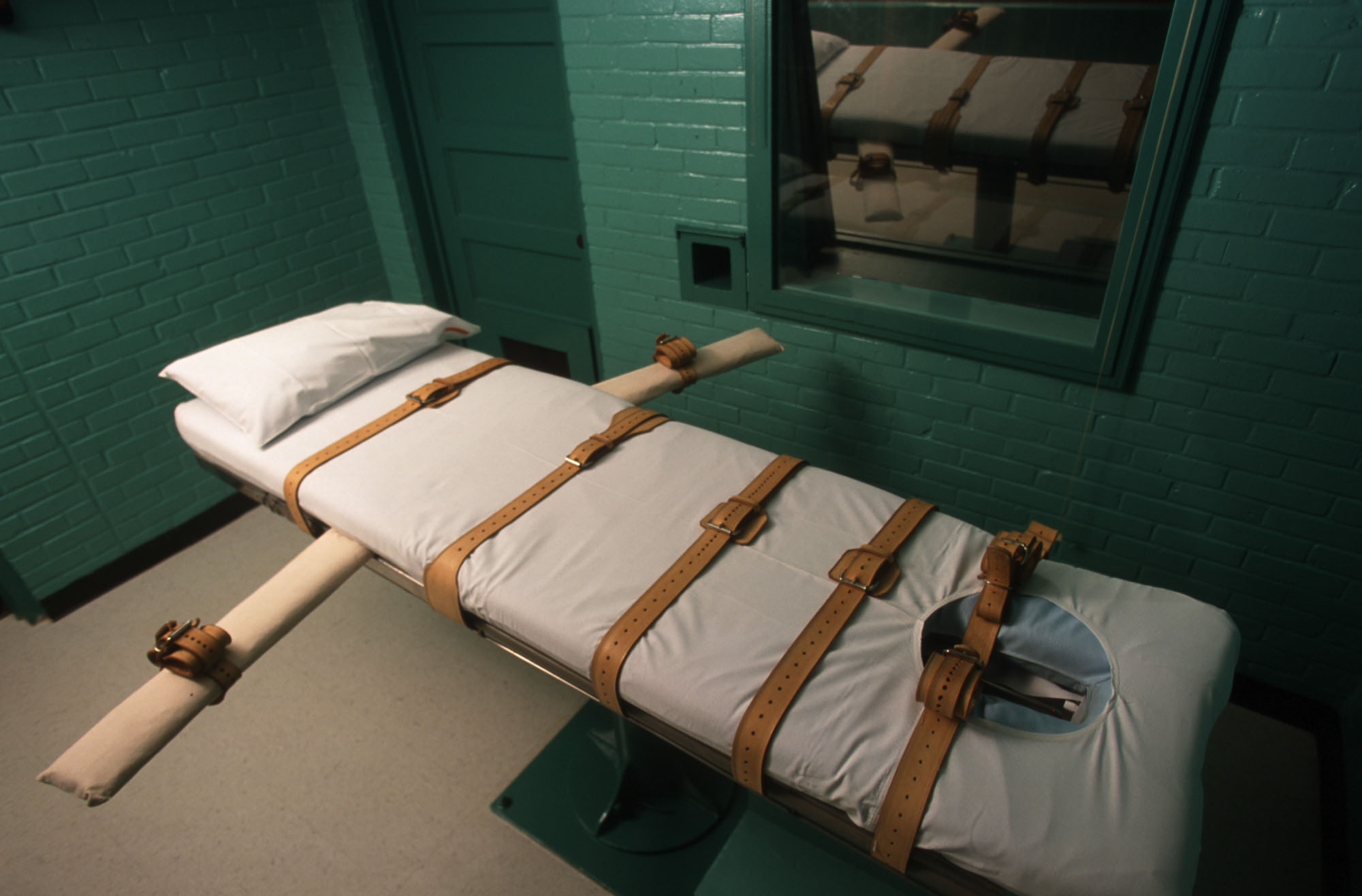
Good News: Californians are currently debating the various dysfunctions that plague their capital punishment system, and could in fact bring that failed experiment to a merciful end on November 6.
Bad News: The political leadership of the state of Texas continues to myopically ignore (or deliberately conceal) the massive flaws in their own heavily used death penalty. And today, Halloween, the Lone Star State is set to kill its 250th prisoner under Governor Rick Perry.
As Amnesty International’s new report points out, Governor Perry, in his first state of the state address in January 2001 (he’s been Governor since December 2000), touted Texas executions, somewhat perversely, for “affirm[ing] the high value we place on innocent life.” But he then did at least say that the state’s justice system “can be better.”
Now, 249 executions later, it’s hard to believe he meant that.

In 2004, when presented with the case of Cameron Todd Willingham and the flawed arson investigation that convicted him, Governor Perry allowed the execution to proceed anyway, and in 2011 actively attempted to quash a re-investigation into the case. Needless to say, the value placed on Willingham’s almost certainly innocent life was not high, and the lack of interest in making Texas justice better is self-evident.
As early as his first year as Governor, Rick Perry was already showing his true colors, when he vetoed a bill that would have ended the execution of persons with “mental retardation.” This act allowed Texas to affirm the value of life by continuing to kill prisoners with IQs under 70. The next year the U.S. Supreme Court outlawed the practice nationally as cruel and unusual punishment, though Texas has found ways to circumvent that ruling.
From 2001-2002 Governor Perry oversaw the execution of 4 of the last 5 juvenile offenders killed in the U.S., before the Supreme Court banned that practice in 2005. He and his state continue to kill teenage offenders however (1 out of 6 of the 249 people executed under Perry so far have been 17, 18 or 19 at the time of the crime).
In 2004, Governor Perry willfully ignored a rare recommendation of clemency from the Texas Board of Pardons and Paroles in the case of Kelsey Patterson. Patterson was a paranoid schizophrenic who, according to a federal judge, believed “outside forces control him through implants in his brain and body.” Earlier this month, Perry allowed the execution of Jonathan Green, another severely mentally ill man who, according to another federal judge, “stuffed toilet paper in his ears to try to stop the voices in his head.”
There is little evidence that Governor Perry is seeking to make Texas justice better. In fact, as Amnesty’s report makes clear, killing of the young, the intellectually disabled, and the mentally ill persists in Texas with no sign that Governor Perry cares at all.
But unlike their political leadership, the people of Texas do seem to care, and are turning away from this creepy enthusiasm for state killing. Death sentences issued by Texas juries have dropped precipitously during the dozen years Rick Perry has been governor.
So as Californians vote, perhaps, to end their state’s death penalty, and Texans vote, as jurors, for sentences other than death, maybe it’s time for political leaders in the Lone Star State to catch up with the people and realize that the state’s justice system “can be better”, and will be better, without executions.
